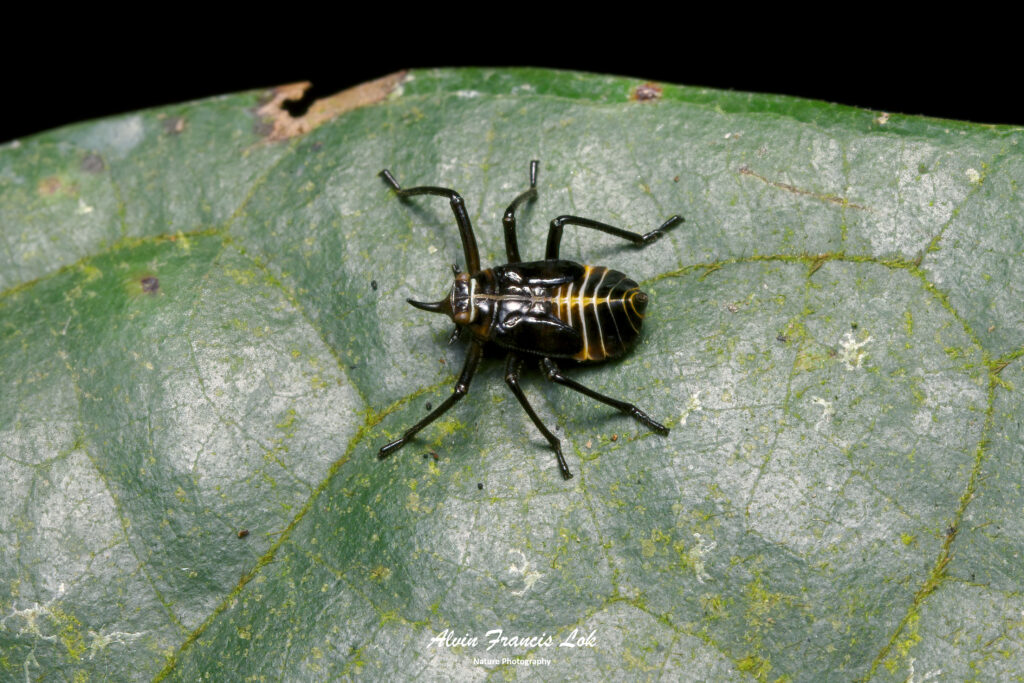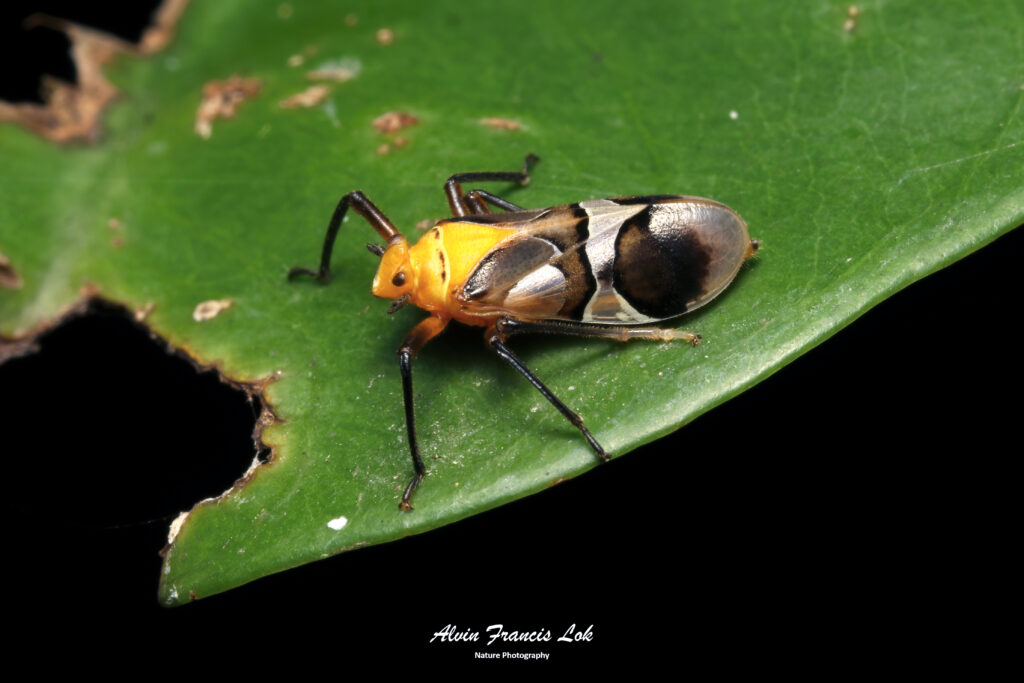Tettigometridae is a small family of medium or small-sized planthoppers, containing 14 genera and 87 species.
Tettigometridae resemble some aphrophorids, but have the usual planthopper features, the antennae are two segmented, the second segment with complex sense organs, and the arista has a distinct basal segment. The ocelli are on the face in front of and between the eyes. The lorae are distinctly developed. Tegulae are well developed, and the wing venation is suggestive of the Issidae.
Tettigometridae resemble some aphrophorids, but have the usual planthopper features, the antennae are two segmented, the second segment with complex sense organs, and the arista has a distinct basal segment. The ocelli are on the face in front of and between the eyes. The lorae are distinctly developed. Tegulae are well developed, and the wing venation is suggestive of the Issidae. In macropterous individuals the hind wings are well developed with the anal area greatly developed. The forewings are coriaceous with the venation greatly reduced and the claval veins united before the apex. The legs are simple, and the hind tibiae are armed at the apex with a single row of robust spines (Metcalf 1932).
Some Tettigometridae are attended by ants (Bourgoin 1985b, Dejean & Bourgoin 1988, Dejean et al. 2000), the only fulgorid family for which this is reliably the case (although facultative ant attendance is not unknown among other families).

(Singapore)
Subfamily Egropinae
Tribe Egropini

(Singapore)